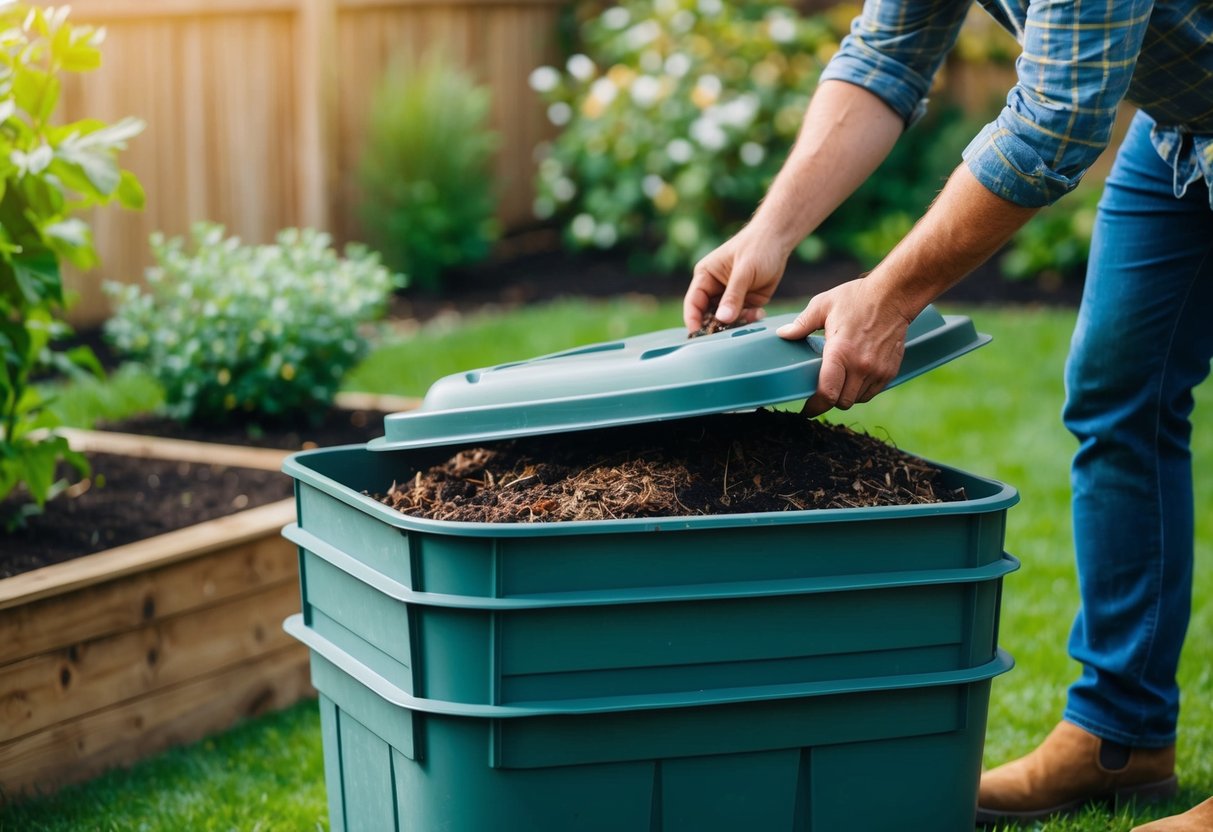Innovative DIY Projects for an Eco-Friendly Home
Creating an Eco-Friendly Living Space
Creating an eco-friendly living space involves incorporating smart energy solutions and maximizing natural resources. These practices promote sustainable living and reduce environmental impact.
Energy-Efficiency Tips
Implementing energy-efficient practices in the home reduces electricity consumption and saves money. Upgrading to LED lighting is a practical step, as these bulbs consume significantly less energy and have a longer lifespan than traditional bulbs. Energy-efficient appliances, such as refrigerators and dishwashers with high Energy Star ratings, further reduce energy use.
Smart thermostats improve climate control by adjusting heating and cooling to suit lifestyle needs, thus conserving energy. Insulation plays a key role; proper insulation in walls and attics prevents unnecessary heat loss, maintaining a comfortable indoor temperature year-round. Installing high-performance windows also minimizes energy waste, as they offer better thermal insulation than standard windows.
Natural Light Maximization
Maximizing natural light reduces reliance on artificial lighting, conserving energy and promoting well-being. Large windows, strategically placed, brighten spaces and enhance the connection with the outdoors. Opening curtains and blinds during the day allows sunlight to illuminate rooms, reducing the need for electric lights.
Skylights are another effective option, especially in areas with limited wall space for traditional windows. Reflective surfaces, such as mirrors, amplify the amount of natural light by bouncing sunlight around a room. To further enhance light efficiency, selecting light-colored paints for walls and ceilings helps spread light evenly, creating brighter and more inviting living spaces.
Building Your Own Compost Bin

Creating your own compost bin offers a hands-on approach to reducing household waste and promoting sustainable living. Placement of your bin impacts its efficiency, while the chosen composting technique can influence the outcome and time it takes to decompose materials effectively.
Selecting the Right Location
Choosing the correct spot for a compost bin is crucial for both accessibility and efficiency. An ideal location should be convenient for regular use, ensuring that kitchen scraps and yard waste are easily added. The site should have a mix of sun and shade to help regulate moisture and temperature. Proximity to a water source might also be helpful in maintaining the right level of moisture in the pile.
Positioning the bin on level ground with good drainage prevents excess water buildup, which can cause unpleasant odors and hinder the composting process. Avoid areas prone to flooding or close to water bodies to minimize the risk of runoff. Keeping the bin away from neighbor’s boundaries can maintain good relations, considering potential odors and stray debris.
Composting Techniques
There are several composting techniques to consider, each offering different benefits. One common method involves layering green waste, like vegetable scraps, with brown materials such as dried leaves or shredded paper. This balance supports microbial activity, accelerating decomposition. Regularly turning the compost ensures oxygen is distributed, preventing anaerobic conditions that cause odor.
Another simple technique is vermicomposting, using worms to break down organic matter. This method is well-suited for smaller, indoor setups and is less likely to produce odors if managed correctly. Choosing the right technique depends on available space, the amount of waste produced, and personal preference. Each method contributes significantly to reducing household waste and utilizing organic matter efficiently.



